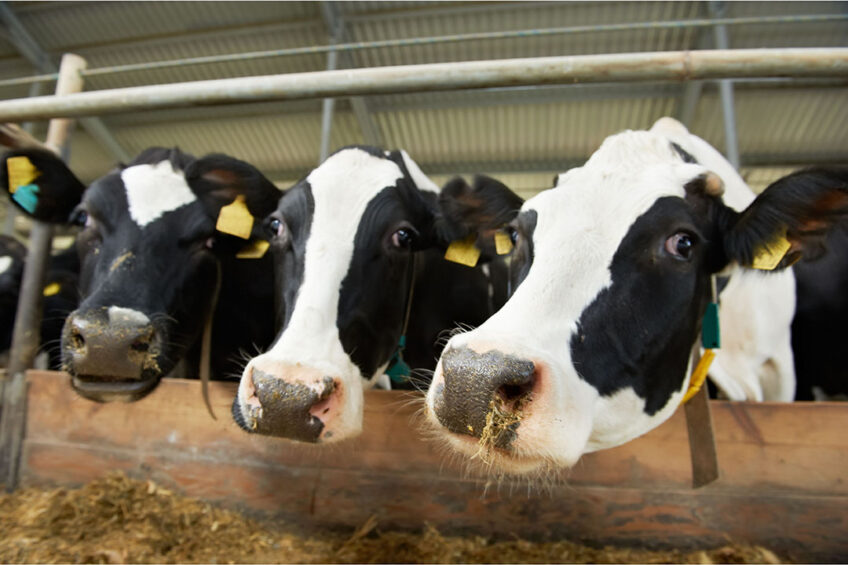Russia losing dairy cows – blames imported genetics

In 2022, Russia saw its domestic dairy cow population shrink by 1.5% or 119,000 animals. To some extent, this trend might be associated with a significant dependence on imported genetics.
Vladimir Mymrin, director of the Russian breeding company Ural Embryonal Centre told the Russian publication, Agroinvestor, stated: “If the cattle population is steadily falling, we must realise that not everything is going smoothly in the industry.” He added that if it were profitable to breed cows, the dynamics would be the opposite.
Holstein dairy cows
The dairy cattle population in Russia has been seen steadily falling for almost a decade. Mymrin assumed that this is linked to “a craze for the Holstein breed”, which, on the one hand, helps farmers to improve efficiency, but on the other, in Russia, there are productive longevity concerns.
“Not so long ago, we considered it normal when the change of cattle happens once every 5 years. Now, at best, it takes place once every 2 years,” Mymrin said, warning that all calculations show that this is a too short for raising and maintaining a cow.
Dairy cow breeding
In the context of the growing sanction pressure, the Russian dairy industry could find it challenging to replace cows on farms in the next few years, Mimrin warned. The problem is that the Russian breeding base is nearly ruined.
“There are practically no Russian breeds left in the country – the Karavaev, Kostroma, Yaroslavl, and Kholmogory breeds, which corresponded to world standards, have almost disappeared,” Mymrin admitted.
In the current political reality, Russia should lower its dependence on foreign genetics, as it may come at a great cost.
“We need to stop looking for excuses for the expansion of foreign genes into Russia. We need to develop our own promising breeds of dairy cattle because dependence on imported breeding material carries great risks for the industry,” Mymrin said.
Work on the development of the ‘Russian genetic potential’ in the dairy industry should begin immediately, he said, explaining that the Russian government allocates substantial state aid to cover the cost of dairy farming. Still, there are no incentives for the farmers to switch to domestic genetics.






